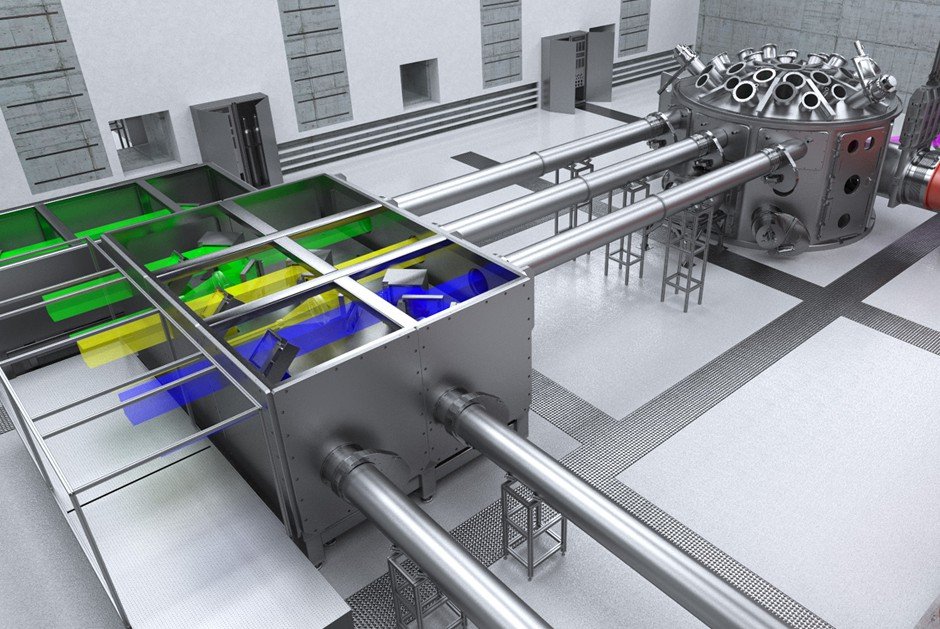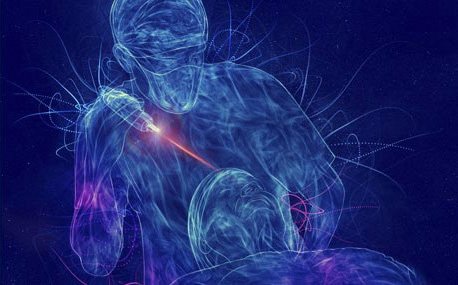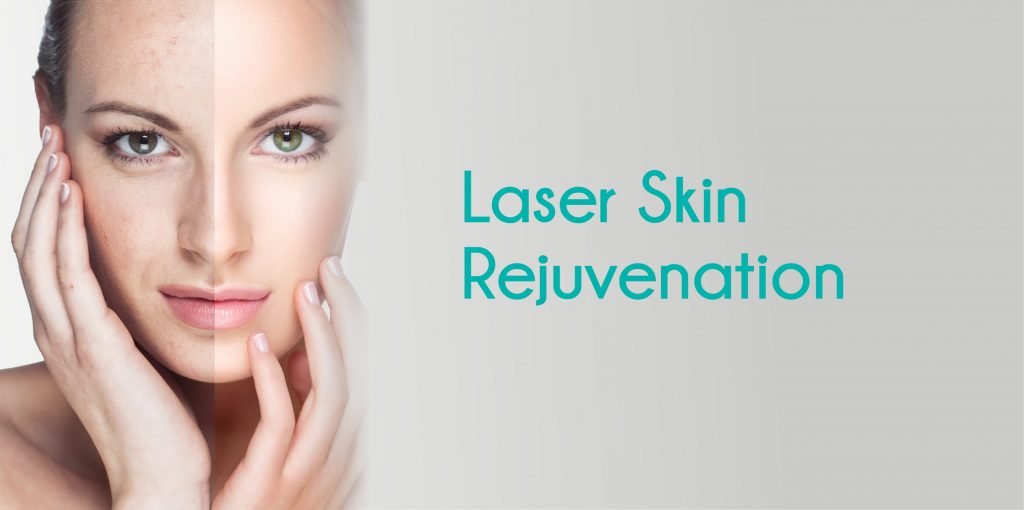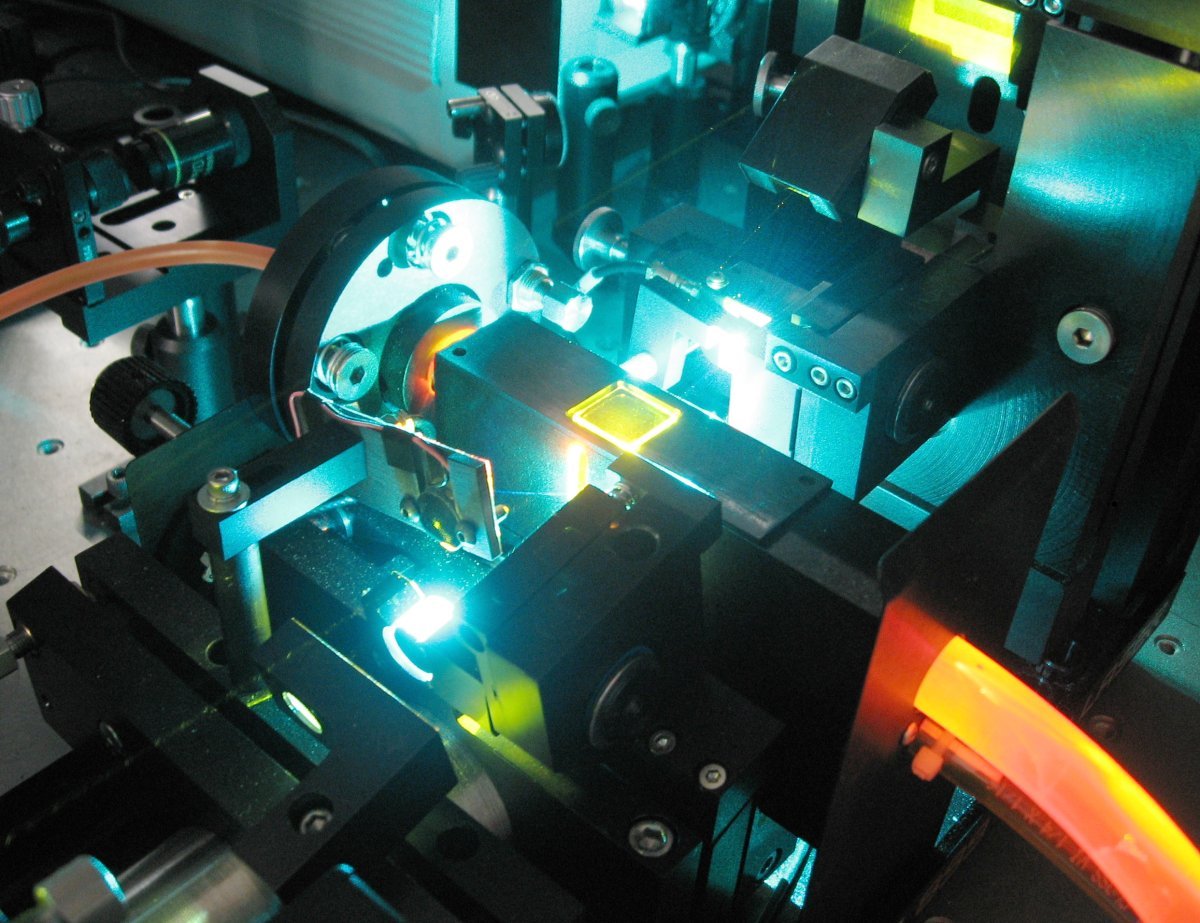Aesthetic lasers are of significant use as an alternative to cosmetic surgery. Instead of going under the knife, patients have the option to receive laser treatment for a range of cosmetic conditions. This article will discuss the mechanics of laser technology, its clinical applications to date, and the benefits of practitioners buying used instead of new.
Mechanics

The word laser is actually an acronym meaning Light Amplification by Stimulated Emission of Radiation. Light emitted from a laser is always three things: monochromatic (meaning the light is one single wavelength), coherent (the waves of the light beam are in the same phase), and collimated (the light beams are all parallel to each other). This is what causes the laser to have a beam-like structure.
Clinical Applications
Aesthetic laserspractice

Unwanted Hair
As a replacement to the temporary removal of hair, laser hair removal is a quick and safe method that permanently destroys the root of the hair follicle. Considerations for this treatment are color of skin, color of hair, and texture of hair. Since laser hair removal is essentially the use of light to burn hair follicles, melanin in the skin or opacity of hair color could influence the strength of laser needed for a successful removal.
Vascular lesions, Acne, and Scars
In vascular conditions, hemoglobin is targeted. Laser therapy can cause lesions, acne, and scars to become less conspicuous depending on the depth of the lesion from the skin’s surface.
Pigmented lesions and Tattoos
Treatment for these depends on whether the pigment is epidermal or dermal, intracellular or extracellular, and made of melanin or tattoo particles. The result of therapy is a whitening of the treated area and requires some post-treatment care like the application of antibiotic cream.

Skin Rejuvenation
This technique uses ablative or non ablative laser treatment to target sun damage and wrinkles. Ablative heats the layers of skin beneath the epidermis without removing the top layer of skin, while non ablative removes the epidermis in the interest of resurfacing the skin. This essentially leaves the skin raw, which heals into a smoother surface.
Veins
As treatment for varicose veins, radio frequency and lasers are used as energy sources to damage the vein wall. The vein responds by immediately closing.
As with any technological procedure, aesthetic lasers can yield complications at any stage following the treatment. Proper technique and understanding of laser physics is vital to the success of the procedure. It is imperative that practitioners recognize the importance of training when it comes to aesthetic laser use.

Benefits of Used Laser Technology
Buying a used laser can be an incredible saving opportunity. While it might not be the most up-to-date technology, you can save yourself from spending up to six figures for a new laser. You want to have your used laser completely serviced before it is in your possession. If possible, get verified records of service from past maintenance on the machine and multiple references for its working condition. You also want to make sure that what you are buying is exactly what you will get. Some laser warehouse companies receive your order and try to match another laser that is similar to the one you ordered and ship it to you. Don’t fall into this trap! There is no real downside to buying used aesthetic lasers, as the technological often pertain to the efficiency of speed. This means that although new models can work quickly, older models can be just as precise but take a little more time in the process. For practitioners, owning a used aesthetic laser can be a breeze as long as you check all of your boxes thoroughly.






































